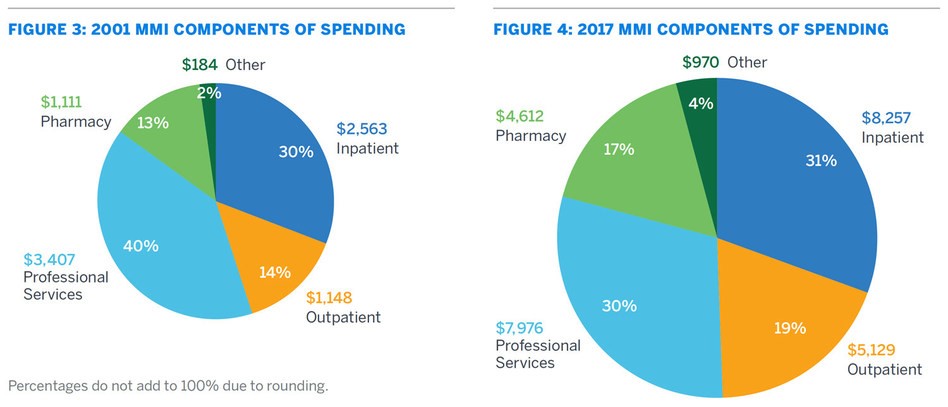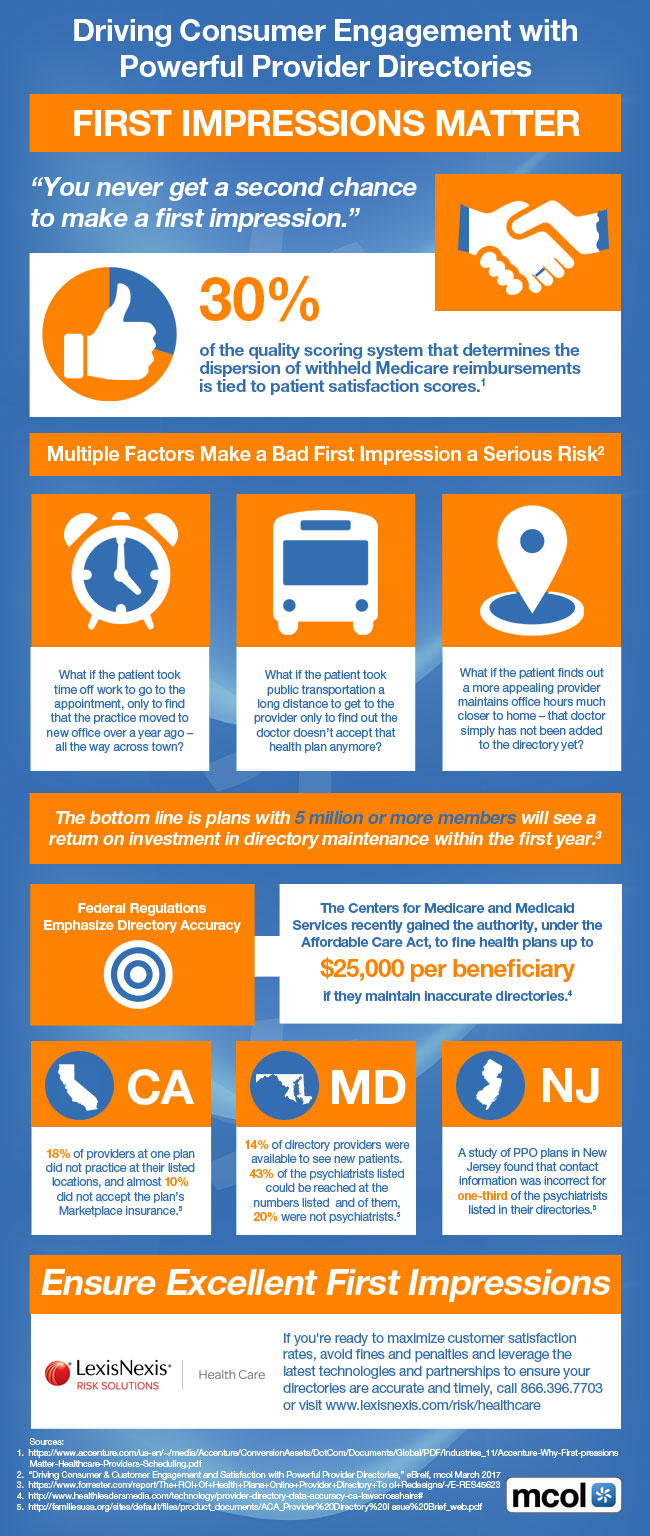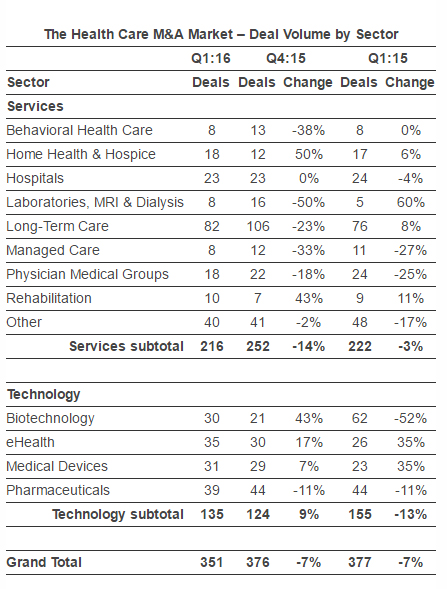|
By Clive Riddle, May 10, 2017
Doctor
Robert Pearl, certainly a prominent figure in American
healthcare today, agreed to sit down and expand upon his thoughts on the
American health care system in 2017 and its impact upon patients. His
new book,
Mistreated - Why We Think We're
Getting Good Health Care and Why We're Usually Wrong
has just been released this month by
Public Affairs,
and we hoped he would elaborate on some of the questions that come to
mind from issues raised in Mistreated, and in his public speaking
appearances.
Robert Pearl, MD, is executive director and CEO of The Permanente
Medical Group, responsible for the health care of 3.8 million Kaiser
Permanente members, and he is the president and CEO of the Mid-Atlantic
Permanente Medical Group. He is on faculty at Stanford and has taught at
Duke, UC Berkeley, and Harvard. His column on Forbes.com addresses the
business and culture of health care, and he has been featured in
national media including Time, ABC News, USA Today, and NPR.
So here’s what Doctor Pearl shared with us in response to our half dozen
questions:
Q.
You have been an influential healthcare stakeholder and thought leader
for some time. American healthcare has been problematic for even longer.
What confluence of events influenced you to write this book at this
juncture?
Doctor Pearl:
The American health care system is walking towards a cliff, and if
nothing is done to change course, we will step over the edge and crash
to the ground below. We spend almost 50% more than any other country in
the world and our outcomes are in the lower half of industrialized
nations. Hundreds of thousands of people die each year from failures in
prevention and medical error, including my dad. Our system most closely
resembles a 19th century cottage industry. It is fragmented, with
doctors scattered across the community and hospitals in every town,
piece meal, what we call fee-for-service and using information
technology from the last century. The cost is rising faster than our
ability to pay. The government is spending 40% of tax revenues on health
care today, and with 10,000 people becoming eligible for Medicare every
day, that will rise rapidly in the future. And businesses are
implementing high deductible insurance products, with patients
increasingly unable to pay the out of pocket expense. In other words,
the "patient" is becoming critical. I wrote Mistreated for two reasons.
The first was my career long desire to make American health care better.
And the second to prevent other people from losing their parent
prematurely. For both reasons, all profits from the book will be given
to charity to provide care to patients unable to access it today.
Q.
You have written about how healthcare organizations should be less, and
not more, regulated in some respects - for example reducing regulation
in order to facilitate workflows that would allow hospital patients to
get more uninterrupted sleep during the night. You also have written
that a single payer system is not the answer for American healthcare.
What legislative changes do you advocate in your book?
Doctor Pearl:
I believe that change can best happen through transparent and fair
competition. Making it possible for insurance companies, ACOs and large,
multi-specialty medical groups to offer products that patients can
understand, compare and choose among would be valuable. I have
confidence in the wisdom of people and businesses to make the best
selection, once they have broad choice and sufficient information.
I also believe that the government needs to address the egregious
pricing by many drug companies. The patent laws were written for the
greater good of all. They were designed to encourage R&D and focus drug
companies on solving the most important clinical problems that exist.
They never were designed to allow manufacturers to buy the rights to
long standing, inexpensive drugs and raise their prices 500% - 5000 %.
Q.
You cite three technologies as being key to transforming American health
care: Video and digital photography; Data analytics; and EHR. These are
not exotic items. So what are some primary factors in 2017 that are
still holding us back from deploying these three items at optimal
levels?
Doctor Pearl:
There are three reasons I believe these technologies are not more
broadly used. The first is that to use them effectively requires an
integrated delivery system that is prepaid with effective physician
leadership. Without all three pillars, the information in the EHR will
be incomplete, the data analytics difficult to apply, and applications
like video economically problematic.
The second reason is physician inertia. According to the Rand
Corporation, it takes 17 years for a great idea to become common
practice. Finally, when it comes to video and digital, the problem with
these technologies is that they are inexpensive. As such, there is no
manufacturer or device company that wants to invest the dollars needed
to encourage and train physicians to embrace these patient conveniences.
And without this level of support change is slow to happen.
Q. Speaking of exotic technologies,
you are not necessarily the biggest fan of focusing on all things new
and shiny, and have cited the challenges in overcoming behavioral biases
in that direction. What are some significant examples of technologies
that have at this point benefited from undeserved demand from consumers
or providers?
Doctor Pearl:
As you note, as a nation we are attracted to the new and the hyped. A
variety of expensive medications fit this description. Often they have
minimal improvements over what was previously available, or extend life
by a few weeks for most patients.
Another example is Artificial Intelligence. It sounds great, but
most of the systems are really just fancy computers with physician
developed algorithms, not real self-learning applications. Similarly,
expensive fitness trackers are minimally better than the free
application on your smart phone. And medical wearable devices can
transmit hundreds of heart rhythm tracings, but doctors don't want them
cluttering up their EHRs, and rarely do they add value for someone
without a known cardiac arrhythmia.
Q. You are a strong advocate for
clinical integration. What in 2017 are the biggest impediments in urban
markets that lack adequate clinical integration? And how do we bring
greater clinical integration to rural America?
Doctor Pearl:
In urban areas, the limitations are the associated changes that need to
happen. For integration to add value, you need to create a structure
with the right number of physicians from each specialty. Often there are
too many or too few in a typical community. For the new structure to add
major value, reimbursement needs to change, rewarding prevention and
avoidance of medical error as highly as intervention. And altering how
doctors are paid is always contentious. The computer systems need to
connect, and that is difficult to accomplish today. Finally, physician
leadership is essential, and that requires investments in training and a
willingness of all to relinquish autonomy.
In some ways the rural areas could be easier. In this case I believe the
structure can be virtual, with specialists in more urban areas linked to
primary care in the rural location. We are already using this type of
approach in our on-site clinics located in large businesses. Here
specialists whose offices may be in a hospital miles away can consult on
a employee needing specialty expertise without having to ask the patient
to drive to the physicians' location and miss a day of work. Over half
of the time, this solves the patient's problem.
Q. In what ways do you hope
consumers will change their actions or thought processes as a result of
reading your book? And in what ways do you hope other healthcare
stakeholders will be influenced?
Doctor Pearl:
I wrote Mistreated for the patient in all of us. My father was a
professional with well trained doctors, and yet, he experienced a
medical error from the lack of a comprehensive electronic health record
and inability of his doctors to communicate effectively.
The first step to transforming
American health care is to help people see what they are missing and
why. Having done so, I would hope they would begin to make different
choices in the health plan and delivery system they select. Information
can be difficult to obtain, but increasingly it is available. Choose a
five star program in Medicare or on the health care exchanges. Check to
see if there is reported data on outcomes for various procedures like
heart surgery, and go to the programs with the best results. Ask
physicians before you have a procedure how many of these they did last
year, and choose ones with the highest volume. And when you are in a
hospital or doctor's office, and anyone fails to wash their hands before
examining you, speak up.
Specific to the medical profession, my hope is that change will happen
soon, rather than waiting for the predictible crisis. The current system
isn't working for clinicians any more than patients. The fragmentation
that exists today leads to isolation. Fee-for-service makes doctors feel
like they are having to run faster and faster, and convince patients
they need things done that often add little value. The lack of
technology and medical information leads to errors. And the lack of
leadership reduces coordination of care and produces growing
frustrations in the practice of medicine.
Change always is difficult and scary, but it can happen. And when
it does, I believe both patients and physicians will benefit immensely.
The current system is broken. I am optimistic that when large numbers of
people from diverse backgrounds come together to talk about their
experiences and recommendations, that we can improve health care
delivery in the future. That is my hope in writing the book. The path I
describe is the one I believe best for the nation, but I look forward to
learning from others. If Mistreated stimulates discussion, debate
and improvement, and as a result tens of thousands of lives are saved
each year, then my father's death will have served a purpose.
|

 Post a Comment By
Post a Comment By  Riddle, Clive |
Riddle, Clive |  Thursday, May 18, 2017 at 02:47PM tagged
Thursday, May 18, 2017 at 02:47PM tagged  Cost & Utilization|
Cost & Utilization|  Trends & Strategies
Trends & Strategies 



